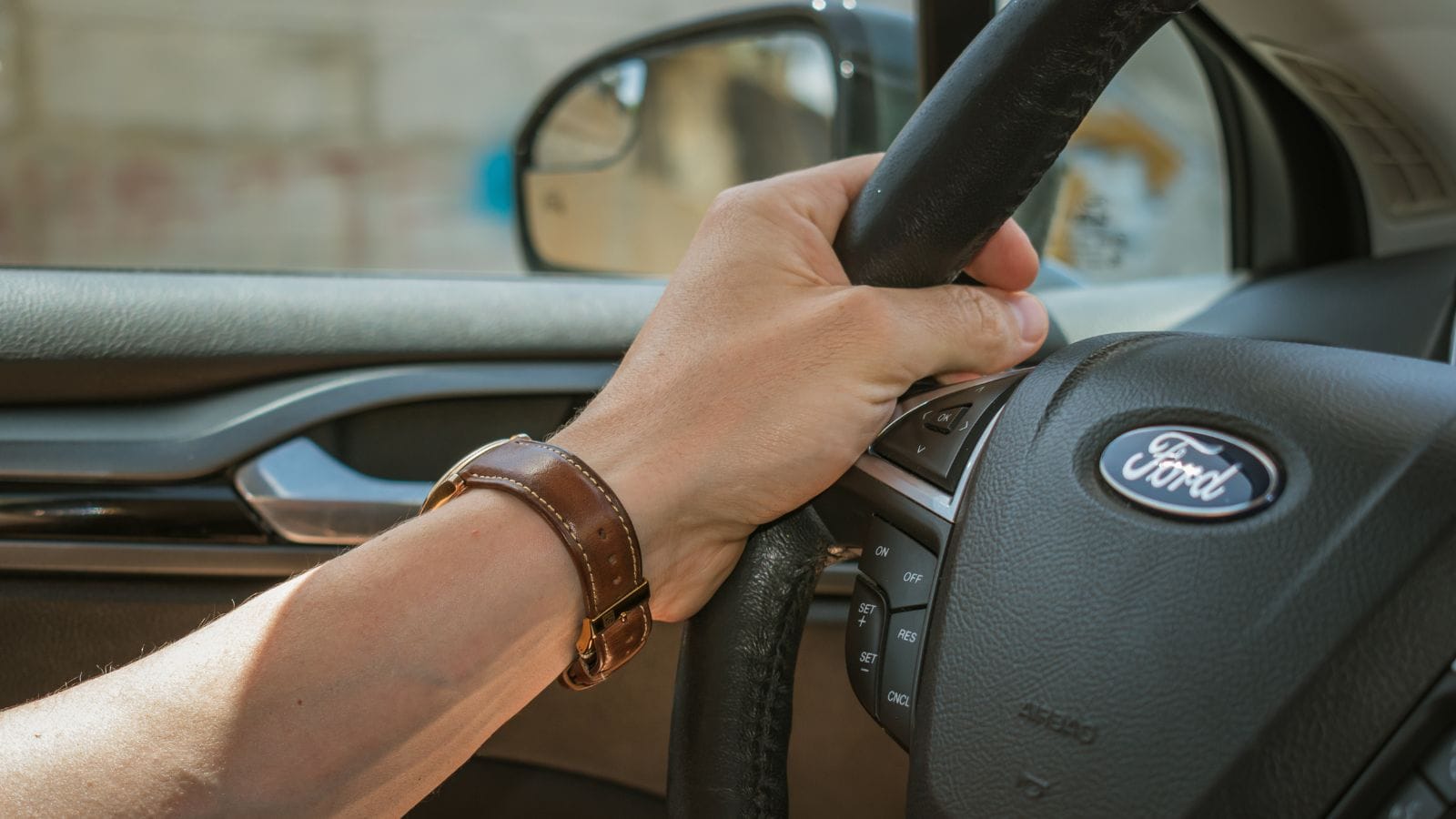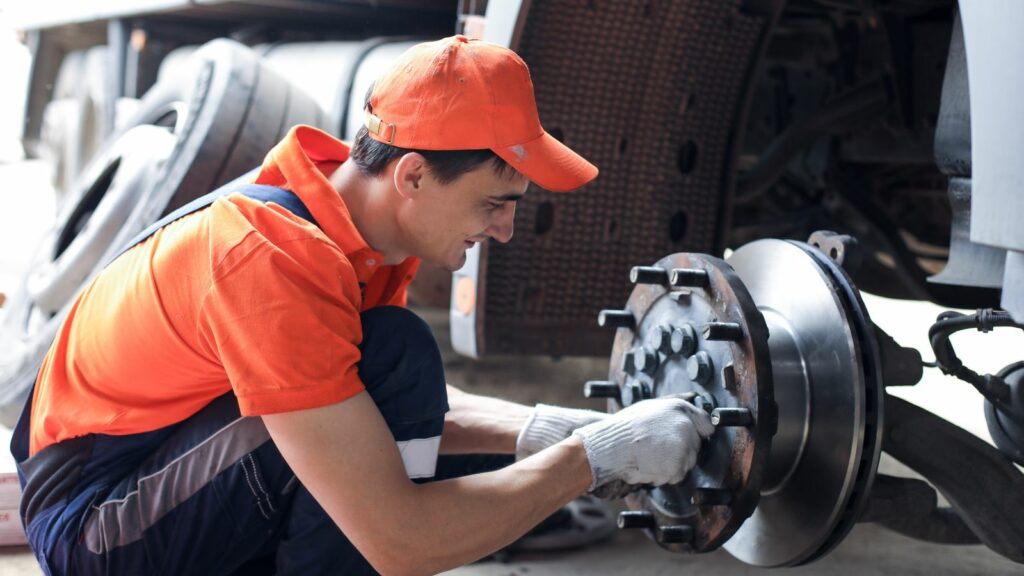It might seem like a tiny detail, after all, wheels stay on whether you use nuts or bolts, but the choice between lug nuts and wheel bolts says a lot about the way cars are designed and built. Walk into a garage in North America and you’ll see mechanics dealing with lug nuts on trucks, SUVs, and sedans. Visit a workshop in Germany and you’ll likely watch them threading wheel bolts directly into the hub. This change wasn’t accidental. It reflects decades of engineering priorities, manufacturing decisions, and cost savings. To understand why automakers made the switch, let’s dig into the history, the advantages, the drawbacks, and the reasoning behind one of those small but fascinating details that shape the driving experience.
Two Systems, Same Goal

At the most basic level, both setups do the same thing, secure the wheel to the car. Lug studs and nuts use fixed studs pressed into the hub. The wheel slides over them, and nuts clamp it tight. Wheel bolts on the other hand skip the stud entirely. Instead, the bolt itself threads straight into the hub. The wheel sits flush against the hub face, and bolts clamp it in place. Both are safe and effective, but they behave differently in practice.
Historical Roots
The traditional lug nut system became the standard in the U.S. and Japan after World War II. Trucks, muscle cars, and everyday sedans alike used studs and nuts because they were cheap, strong, and easy to replace. Europe however began experimenting with wheel bolts in the postwar years. German brands like Mercedes Benz and Volkswagen embraced them, and over time the design became a continental norm.
The Assembly Line Advantage
Car factories are where bolts really shine. On an assembly line, efficiency is everything. With bolts, workers or robots don’t have to carefully line up studs with wheel holes. Instead, they hold the wheel in place and drive the bolts straight in. The process is faster, requires fewer steps, and reduces the chance of cross threading a nut onto a stud. Over millions of vehicles, this saves enormous amounts of time and money.
Fewer Parts, Lower Costs
Lug nut systems require three components, the hub with pressed in studs, the lug nuts, and often a washer or cap. Bolts combine those pieces into one part, reducing complexity in both production and logistics. Fewer parts mean fewer things to stock, transport, and account for. Multiply that by millions of cars across decades, and the cost savings become substantial.
Hub Design Flexibility
With studs permanently in place, wheel hubs have to be designed around them. Bolts give engineers more freedom. Without protruding studs, hubs can be made more compact, creating space for larger brakes or revised suspension geometry. This design flexibility is particularly valuable in performance cars, where every millimeter of space matters.
Better Clamping Force
Wheel bolts are often longer than the typical lug nut’s engagement on a stud. That extra length provides strong clamping force and distributes stress differently. European automakers argue that this makes wheel retention more secure, especially at high speeds on autobahns or under the stress of heavy braking.
Drawback: The Wheel Holding Struggle
For all their advantages in production, bolts are less friendly in your driveway. With studs, the wheel can hang on the protruding hardware while you thread the nuts. With bolts, there’s nothing to hold the wheel in place. Anyone who has wrestled with a heavy alloy wheel while lining up bolt holes knows the frustration. That’s why many European cars come with a small guide pin or wheel hanger tool in the trunk, it’s a workaround for a problem bolts create.
Drawback: Hub Thread Damage
Another downside appears in maintenance. If a lug stud gets damaged, you can usually hammer it out and press in a new one for a few dollars. If a wheel bolt damages the hub threads, the entire hub assembly may need replacing. That’s a much costlier repair, highlighting how a system designed for production efficiency isn’t always the best for long term service.
Regional Traditions
Tradition plays a bigger role than you might expect. Once manufacturers in Europe standardized on bolts, their supply chains, tooling, and repair networks were built around them. In North America, the same thing happened with lug nuts. Today, those regional preferences remain deeply ingrained, even though both systems could technically be used anywhere.
Performance Car Adoption
Performance and luxury brands like BMW, Audi, and Mercedes Benz have leaned into wheel bolts. Their engineers argue that bolts provide a stiffer, more secure clamping system, especially under high speed conditions. Whether or not the difference is noticeable to everyday drivers, the choice reinforces their commitment to engineering precision, even in small details.
Aftermarket Complications
For enthusiasts swapping wheels for track days or winter setups, bolts can be frustrating. Aligning wheels is slower, and aftermarket wheel makers often have to accommodate bolt seat designs specific to certain brands. Lug nuts are generally easier for frequent wheel swaps, which is why track cars and racing vehicles often stick with studs and nuts for convenience.
Safety Considerations
Both systems are safe when properly installed, but bolts reduce the risk of partially threaded nuts. With studs, it’s possible to start a nut incorrectly, leading to cross threading or insufficient torque. Bolts, by threading directly into the hub, offer a clearer tactile feel during installation.
Wheel Aesthetics
Bolts also allow for cleaner looking wheels. Without studs poking through, wheel designers have more freedom to create flush faces and unique patterns. Many European alloy wheels are styled with this in mind, creating the sleek look buyers associate with premium cars.
Durability Questions
While bolts provide excellent clamping, they’re more prone to seizing in the hub over time, especially in regions with heavy road salt. Lug nuts and studs, being separate, can often be replaced more easily when corrosion sets in. It’s one of the reasons why North American winter drivers still appreciate the practicality of studs and nuts.
Service Tool Requirements
Bolts often require specific socket designs or locking mechanisms, especially on luxury brands that use wheel locks for theft prevention. This means more specialized tools for roadside changes, compared to the simplicity of standard lug nuts that any basic wrench can handle.
Influence of Brake Design
As brakes have grown larger and more complex, packaging space has become critical. Bolts give manufacturers flexibility to design hubs that accommodate massive rotors and calipers without interference. This packaging benefit has reinforced their use in high performance European cars, where brake size is a selling point.
The Pickup Truck Exception
One reason lug nuts remain common in North America is the dominance of pickup trucks. Trucks often carry heavier loads, and studs provide simplicity, strength, and easy field service. In rural areas where trucks are used hard, the ability to swap a damaged stud on the spot is invaluable, which keeps lug nuts alive in that segment.
The Consumer Experience
From the consumer’s perspective, lug nuts make wheel changes easier, while bolts can feel unnecessarily tricky. This tension between manufacturing priorities and user friendliness is a reminder that what’s easiest for carmakers isn’t always easiest for drivers. It’s why wheel bolts remain divisive among enthusiasts.
Looking Ahead
Will the industry ever standardize? Probably not. Lug nuts will likely remain the norm in North America, while bolts dominate Europe. EV platforms, with their unique hub and brake packaging needs, may tip the balance further toward bolts in the future. But for now, both systems remain alive and well, shaped by history, tradition, and practicality.
Budget Balancing
The move from lug nuts to wheel bolts wasn’t about reinventing the wheel, it was about efficiency, cost savings, and engineering priorities. For automakers, bolts streamline production and give design flexibility. For drivers, they bring both strengths and frustrations. In the end, the story of bolts versus nuts shows how even the smallest pieces of a car reflect bigger decisions about how vehicles are built, used, and lived with.
